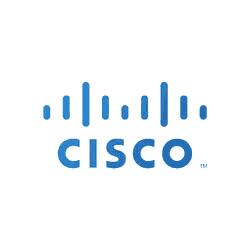Cisco Continuous Data Protection for Files

For most knowledge workers today, the eight-hour workday is a thing of the past. Clicking away at laptops and desktops, these individuals work at home, in the office, and on the road--at all hours of the day and night. According to some industry experts, the work they generate makes up 60 to 70 percent of all corporate data. And it's all increasingly vulnerable to data loss and corruption.
It's no surprise, then, that the protection of laptop and desktop data has become a top priority in many businesses--especially law firms, medical practices, and consulting firms, where lost data can significantly affect productivity, customer satisfaction, and, ultimately, revenue. Losing key business information not only hampers productivity but also creates application outages, project delays, and diverted resources. Re-creating lost data can consume large amounts of time, and depending on the source, some data may not be recoverable at all. Any incident that causes a loss of important business information will likely result in lost opportunities and increased costs.
What's more, it's no longer enough to back up this data periodically. The most valuable files are usually the ones that users have worked on most recently. Companies backing up data only once every 24 hours risk losing eight or more hours of their employees' most recent--and therefore most valuable--output. Instead, businesses need a continuous, real-time backup and recovery solution that enables users to roll back to various points in time.
Most analysts, including Enterprise Strategy Group, agree that performing only a periodic backup leaves data at risk, and they find that this is a major concern among the IT professionals they survey.
Once critical laptop and desktop data is captured, companies need an efficient and cost-effective way to manage it. They need to determine its value to the company and apply appropriate corporate policies for retention and storage. Doing so helps a business prepare itself for any data protection and retention scrutiny it may face from auditors and/or regulators.
